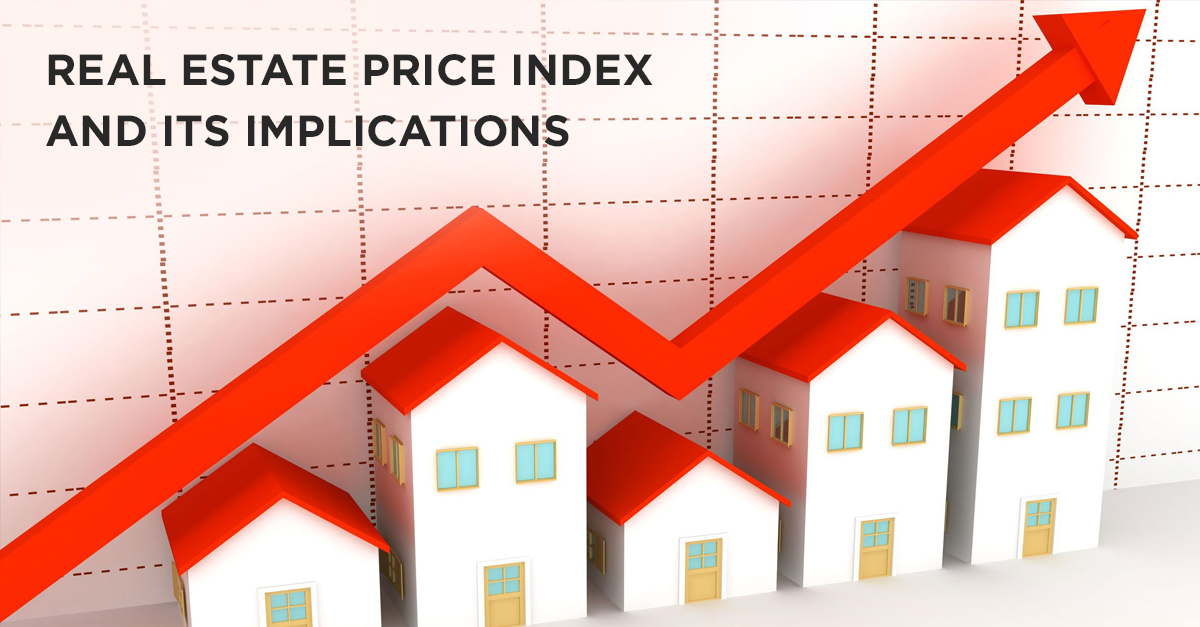Real estate Price Index and its implications
House Price Index (HPI) is a broad measurement parameter to determine real estate price trends. Besides serving as a reliable indicator of purchasing costs, HPI can also function as a monitoring and analytical tool to assess the overall health and efficiency of a given real estate market, based on available empirical data. Investors show an apparent proclivity for consulting HPI as it supports informed decision-making, which can later translate to informed investments. As fluctuations in real estate prices have a significant bearing on the region’s economy, HPI can also allay misgivings that could potentially jeopardize future economic growth and stability.
In the light of HPI’s value as a metric, Dubai Land Department (DLD) and real estate portal Property Finder signing a MoU to develop Dubai’s maiden official HPI is a welcome development. The new index- has been named Mo’asher and it is expected to be available online around the third week of September. It will serve as a real-time reference point for Dubai’s property trends and prices, according to Property Finder (1). In contrast to previously available speculative data, Mo’asher will paint an honest picture of the region’s real estate by taking into account factually accurate data sourced from DLD’s large repository.
House Price Index (HPI) in foreign markets
HPI as an economic instrument has been in routine use in foreign markets, particularly in the United States and the United Kingdom. The Federal Housing Finance Agency in the US is a regulatory body that issues a quarterly HPI report, using data pertaining to successive mortgage transactions on single-family properties in the region. Another HPI report, Case-Shiller Index, measured and published monthly, uses repeat-sales regression (RSR) methodology to appraise the state of real estate. In a recent HPI report released by the First American Financial Corporation, fixed-rate mortgage is being predicted to fall in 2019, thereby boosting affordability across the United States (2).
United Kingdom’s reliance on HPI can be traced back to the ’70s, when it was confined to private mortgage firms initially and prior to being picked up by the industry’s governing bodies. According to the latest official HPI report from the Office for National Statistics, the nationwide downturn in the real estate market has resulted in swift drop of property prices across the UK and London in particular (3). Economists attribute the effect to buyers looking beyond Brexit, as the prices had not fallen at this rate since the Great Recession of 2008. Canada and India are also among other foreign markets actively relying on HPI data for risk aversion and leveraging oncoming opportunities. According to Prabhakar Rao, Managing Director of Gemini Property Developers, the affinity for HPI in leading foreign markets testifies to the fact that the UAE—being touted as the next global destination for real estate—stands to benefit from measuring tools akin to HPI.
HPI in Dubai
In most markets, as well as Dubai, the methodology to compute HPI has been traditionally confined to repeat-sales regression (RSR). This method calculates average capital appreciation by selecting properties that sell repeatedly, emphasizing on the price change between each transaction. However, RSR method overlooks the renovation effect between the transactions and by and large, ignores distinctive payment plans offered by various developers. On the other hand, the new Mo’asher price index issued by DLD and Property Finder is expected to encompass average price per sale, average annual rent for freehold, non-freehold and mortgaged properties, as well as average data since 2008, to arrive at a comprehensive HPI report on a regular basis.
Implications
The implications of an official HPI for the Dubai real estate market is better understood through the lens of current market conditions. As a case in point, Dubai is witnessing steady increase in mortgage transactions, permanent residency reforms are underway, and according to ValuStrat research, Dubai witnessed double-digit decline in property prices over the past year, meaning affordability is at its zenith in the region (4).
Dubai has made great strides to emerge as the leading affordable city for prime properties, and with its growing real estate inventory, the advent of HPI could work wonders for the city. Investors and developers can access factual data instead of speculations and presumptions, and owing to the direct involvement of DLD, the governing body, Mo’sher has an inbuilt trust-factor to boost investor confidence. The monthly publication will offer official real estate insights for Dubai, and consequently alleviate market ambiguity. Based on the reception and impact of the initiative, the service can either be extended across the UAE or further revised to meet requirements. In any event, Mo’sher’s ability to negate speculations and promote openness in the industry is not in question.
According to Prabhakar Rao, market-transparency imperative cannot be downplayed within the real estate context, going forward. With the market becoming simpler and more forthright for all stakeholders, investments can soar and equilibrium become more probable. To that effect, Prabhakar Rao believes that DLD’s unprecedented move to enter a public–private partnership (PPP) to facilitate transparency in Dubai real estate market is an exemplary move.
- https://www.thenational.ae/business/money/dld-and-property-finder-to-create-dubai-s-first-official-real-estate-price-index-1.890268
- https://www.businesswire.com/news/home/20190729005097/en/Consumer-House-Buying-Power-Reach-Record-2019-American
- https://www.theguardian.com/money/2019/jul/17/london-house-prices-fall-at-fastest-rate-in-10-years-ons
- https://valustrat.com/wp-content/uploads/ValuStrat-Dubai-Real-Estate-Review-Q1-2019.pdf




